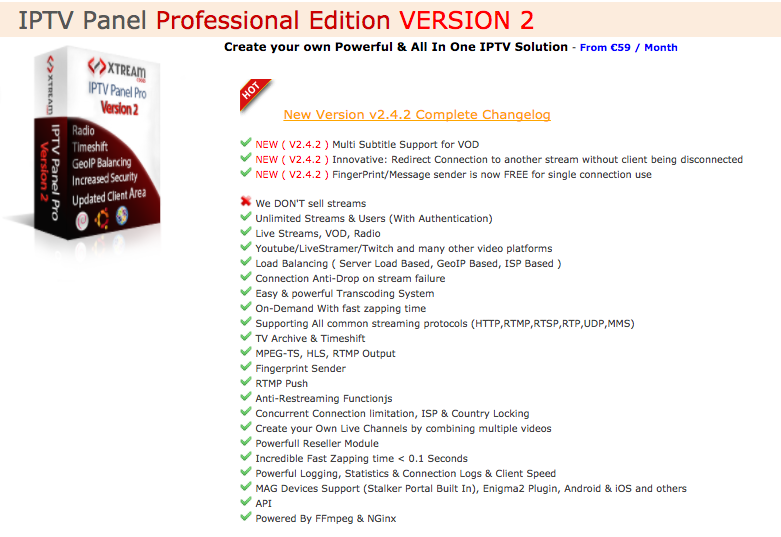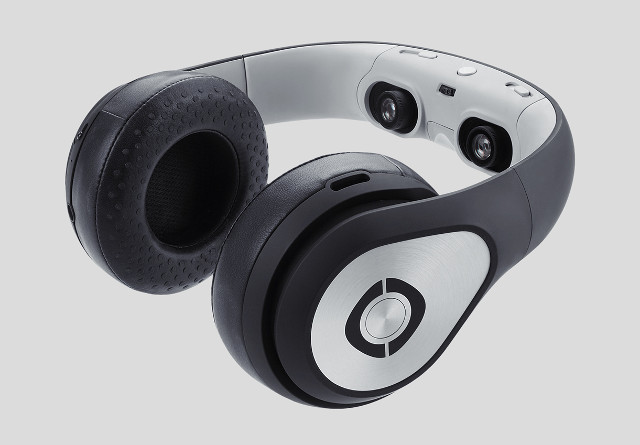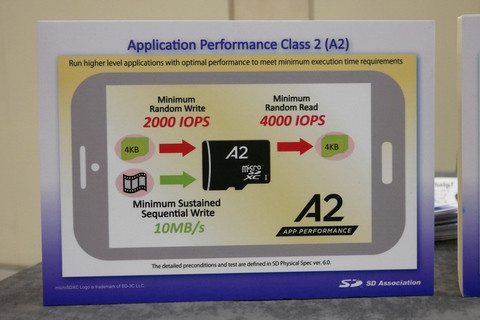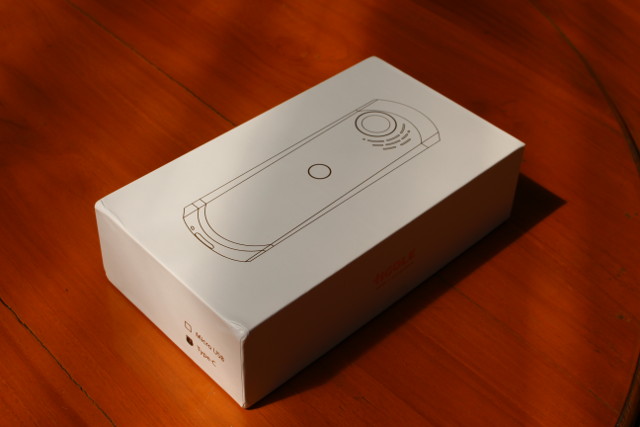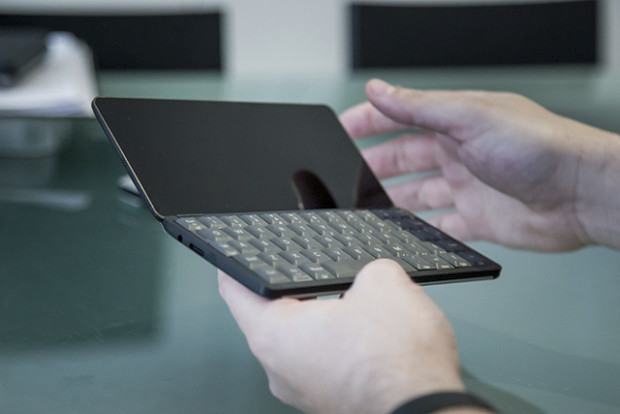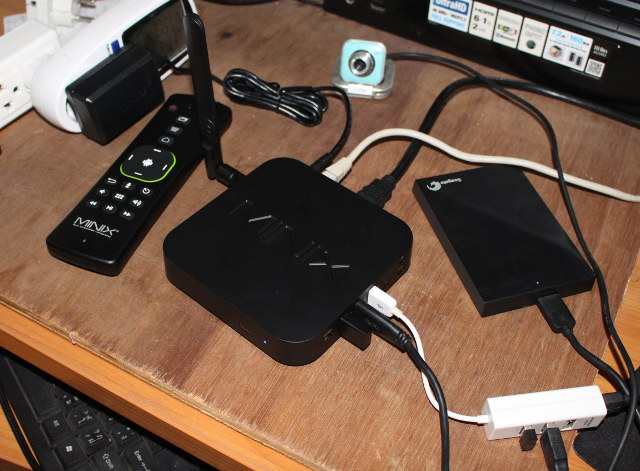Remix OS, Phoenix OS, LightBiz OS… are all Android based operating systems with desktop optimizations, but so far they mostly work on TV boxes, computers or tablets. If you want something that works on smartphones with a desktop mode while connected, your choice is more limited with solutions such as community based Maru OS, or the upcoming Remix Singularity. But there’s now a new player in town with Auxens OXI that works a little like Windows Continuum, but with modifications to the Android API. OXI is based on CyanogenMod 13.1, with work being done to switch to LineageOS 14.1, and offers a desktop-like environment for Android with support for multitasking, multi-window support with resizing, notification support, and so on. It works by connecting the smartphone to a secondary screen via MHL, DisplayPort, or Miracast to get a desktop environment, while still being able to use your phone. Apps do not […]
Xtream-Codes IPTV Panel Review – Part 3: Updates and New Features for Version 2.4.2
This is the third part of Xtream-Codes IPTV Panel review. IPTV Panel Professional Edition is a software to build your own IPTV Server from scratch. It supports all common Streaming Protocols as an Input and it is powered by FFmpeg & nginx. If you have not done so already, you may consider reading the first two parts: Review of Xtream-Codes IPTV Panel Professional Edition – Part 1: Introduction, Initial Setup, Adding Streams… Xtream Codes IPTV Panel Review – Part 2: Movie Data Editing, Security, Resellers, Users and Pricing Management Here are the major changes since Part 2: And part of the company’s announcement of the release: Why choose IPTV Panel Pro? IPTV Panel is powered by many Open Source Tools. These are only few reasons why we believe our software is different from our competitors: Stability: Our software is powered by FFmpeg to do the Restreaming & Transcoding of your streams. […]
Avegant Glyph a Headphone with Two DLP Projectors Acting as Your Own Portable Home Theater
I reviewed my first and only Android VR headset last year, and while it was fun to use for short periods, I found it very uncomfortable to my eyes and head for periods of usage over 15 minutes, and would definitely not watch an entire movie on such device. Avegant’s engineers worked for a headset for the military that had to be used for long periods of time, and they found they could adapt their product for consumer use and create Avegant Glyph, and alternative to VR headset that looks like a stereo headset, but also includes two 720p DLP projectors placed right in front of your eyes, hereby creating your own private, and portable – home theater. Avegant Glyph specifications: Resolution – 1280x720p per eye via 2 million micro-mirrors Aspect Ratio – 16:9 Field of view – ~40° diagonal Diopter Adjustment – +1 to -7 range Adjustable IPD, and […]
Mainline Linux on 64-bit ARM Amlogic SoCs, and TV Boxes such as Wetek Hub / Player 2, NEXBOX A1 / A95X, etc…
We’ve already seen Neil Armstrong, part of BayLibre, worked on adding Amlogic SoC (S905/S905X/S912) to mainline Linux via our virtual schedule for the Embedded Linux Conference & OpenIoT Summit 2017. But at the time, although we could see some activity in Linux 4.10 including support for Nexbox A95X and Nexbox A1, they did provide that much details the work that had been done, but since then, ELC 2017 videos have been released, and BayLibre wrote a short post about 3D Graphics support in mainline Linux. We can see that I/Os, USB host, composite video output, Ethernet, eMMC/SDIO, and PSCI and SCPI features have already been added to Linux 4.10. but some important features have not yet including HDMI, Mali support, Audio, and high speed eMMC modes. HDMI is actually planned for Linux 4.12, which could be released in about 18 weeks if we keep the 10 weeks kernel release schedule […]
SD Association Introduces Class A2 Application Performance Class, and UHS-III Standard Supporting Up to 624 MB/s
Users of development boards booting from (micro) SD cards have often missed random I/O performance information to determine whether the device would performance well to run an operating system, but now that Google has implemented “adoptable storage” to let consumer run app from their micro SD cards, it has become an important differentiating factor for manufacturers, and the SD association announced A1 App performance class with minimum random I/O read/write performance and at least 10MB/s sequential write speed last year. The SD association has now unveiled Class A2 with better I/O performance with minimum requirements of 4000 IOPS for random reads, and 2000 IOPS for random writes, with the same 10 MB/s minimum sequential write speed. That means the application performance table now looks as shown below. Note that Class A2 is not available right now, and test requirements will be explained in SD 6.1 part 1 physical specification to […]
GOLE 360 Video Camera Review & 360 Degrees Videos Desktop Experiments
GOLE has designed GOLE 360 video camera to connect to your smartphone via its micro USB, or USB type C port, and let you shot 360 degrees videos or photos. The company has sent me a review sample with a USB type C port in order to test it with Vernee Apollo Lite Android smartphone. I’ve spent about two days playing with it, so I’ll report my experience with the 360° camera, and my attempts at playing the videos back on my computer. GOLE 360 Unboxing The camera is sent in a white retail box with “Micro USB” or “Type C” option, and as requested I got the latter. The camera comes with a pouch, a useful user’s manual in English, and a USB to USB type C cable. I did not use the latter since I instead charge the camera with my phone’s power adapter and cable. One side […]
Gemini PDA Pocket PC Runs Android & Linux on Mediatek X25 Deca-Core Processor (Crowdfunding)
GPD Pocket 7″ portable computer running Windows or Ubuntu Linux is getting some competition, as Gemini PDA has a similar form factor with a 5.7″ display and a keyboard, but instead of featuring an Intel processor, it is equipped with Mediatek X25 deca-core ARM Cortex A72/A53 processor, and runs either Android or Linux. Gemini PDA specifications: SoC – Mediatek X25 deca-core ARM processor with 2x Cortex A72 @2.5GHz, 4x Cortex A53 @2.0GHz, 4x Cortex A53 @1.55GHz and Mali-T880 MP4 GPU @ 850 MHz System Memory – 4GB RAM Storage – 64GB flash, micro SD card slot (covered) Display – 5.7” QHD+ (2880×1440) multi-touch display; 18:9 aspect ratio Audio – Dual side mounted speakers, integrated ambient microphone, 3.5mm audio jack Connectivity WiFi 802.11a/b/g/n/ac, Bluetooth 4.0 LE, GPS with A-GPS, NFC 4G + WiFi model adds: GSM – 850/900/1800/1900MHz WCDMA – 900/2100MHz LTE – 1/2/3/4/5/7/17/20 VoLTE – Compatible SIM slot + eSIM […]
MINIX NEO U9-H Media Hub Review – Part 2: Android 6.0 Firmware & Kodi 17
MINIX NEO U9-H is the successor of MINIX NEO U1 media hub with an upgrade from four to eight cores with Amlogic S912 processor, as well as added support for VP9 and HDR. The company sent me a sample, and I’ve already checked out NEO U9-H hardware in the fist part of the review, so I’ll report by testing results in Android 6.0 and Kodi 17 in the second part. Since the user interface & many of the features have not changed, I’ll refer to MINIX NEO U1 review from time to time. First Boot, OTA Firmware, Settings and First Impressions I connected the MINIX A3 air mouse RF to one of the USB port, a USB 3.0 hard drive to another, and a USB hub to the last one with Tronsmart Mars G01 gamepad, a USB keyboard to take screenshots for the review, and a USB webcam. There’s also […]



